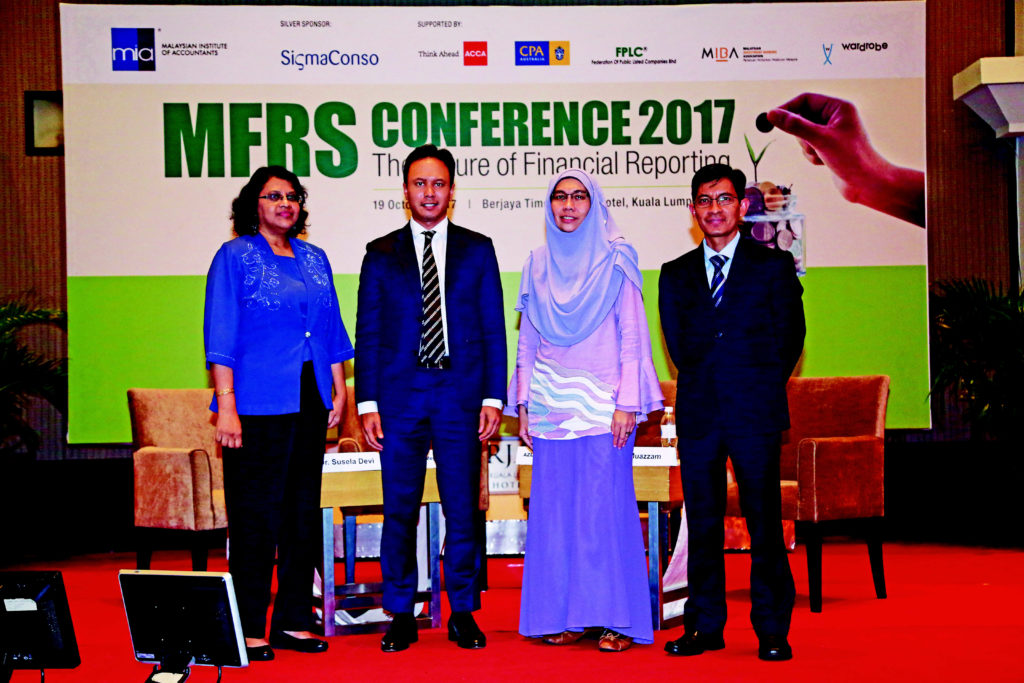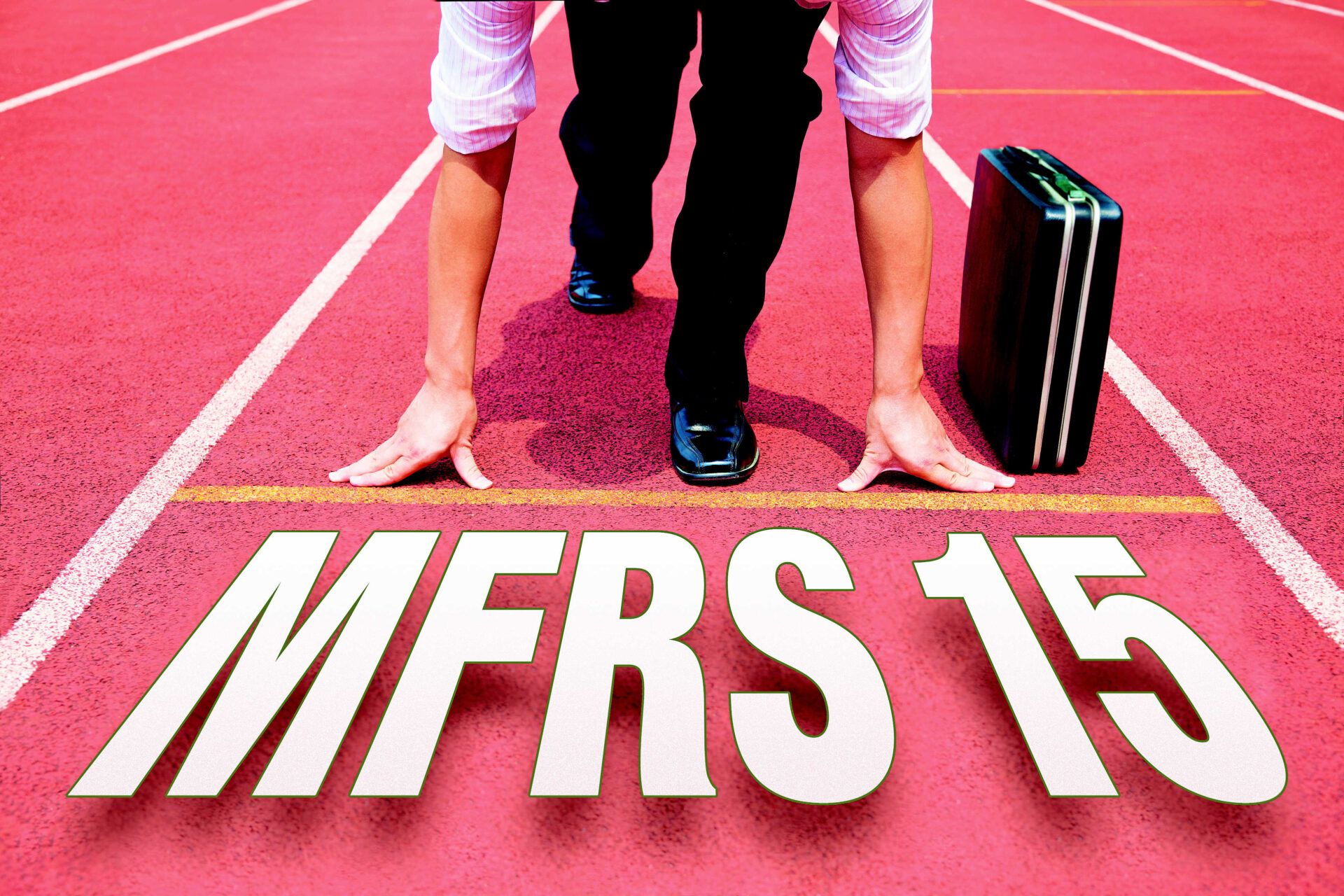
What do companies need to know about MFRS 9 Financial Instruments?
By Abdul Razak Rahman
Effective 1 January 2018, a new standard on the recognition and measurement of financial instruments, MFRS 9 was issued by MASB to replace MFRS 139 Financial Instruments: Recognition and Measurement. “The new standard is applicable to all companies, not just financial institutions,” remarked Professor Dr. S. Susela Devi, Dean of Unitar International University, Malaysia and the session moderator for the session on MFRS 9 at the MIA MFRS Conference 2017.
The new standard brings about major changes in four areas: classification and measurement of financial assets, accounting for changes in own credit risk in financial liabilities, impairment, and hedge accounting. In addition to the new hedge accounting model that is aligned with risk management and extensive new disclosures, its forward-looking requirements may be challenging and involve a high degree of judgement.
Implementation Challenges In Different Sectors
Due to the complexity of the standard, financial institutions faced many implementation challenges, according to Mohd Muazzam Mohamed, CFO, Bank Islam Malaysia Berhad. One challenge is the high cost of implementation, especially on the systems development and the related consultancy services, which he estimated were as high as RM50 million for Bank Islam. The requirements of the new standard also meant that financial institutions had to relook at their business models and product offerings; any resulting financial impact to their bottom lines such as higher provisioning, will eventually be cascaded down to the customers.
Whilst the implementation cost such as systems development may be high, such investment is highly unavoidable and fundamental in order to comply with the standard’s requirements, voiced Azlina Nordin, General Manager of TM Malaysia.
Another implementation challenge is the availability of skilled resources to cope with the technical requirements of the new standard. Assurance & Financial Accounting Advisory Partner of EY Malaysia, Dato’ Megat Iskandar Shah Mohamad Nor said that the introduction of MFRS 9 demands enhanced skill sets not only in accountants and finance personnel, but financial institutions are also seeking mathematicians and statisticians to develop the necessary risk management models.
Benefits of MFRS 9
One of the limitations and criticisms of the previous standard MFRS 139 was the late recognition of impairment loss during the global financial crisis of 2007/08. According to Dato’ Megat, MFRS 9 brings stability by preserving profitability and financial capital, because the impairment provision is brought upfront through the introduction of the expected credit losses (ECL) model for all financial instruments. “With the mixed measurement models for financial assets, which are driven by the entity’s business model and the cash flow characteristics of the financial assets, MRFS 9 provides stakeholders a clearer alignment between the business and the financial reporting. The requirements of the standard also create an infrastructure that aligns the relevant departments – from front desk to risk management to finance, into an effective working group with the relevant expertise and skill sets.”
Collaboration for Success – and other tips
What is the formula for successful implementation of MFRS 9?
TM’s Azlina said that one key for successful implementation is to focus on the core businesses and to ensure that the systems and processes are in place to meet the requirements of MFRS 9, more so in gathering the forward-looking information and data analytics in determining the credit risk of its financial assets.
Muazzam said that successful implementation of the standard requires commitment and involvement from all parties across the organisation and therefore it is paramount that they possess the relevant skill sets. Engagement with the IT department from the early stage of the implementation is especially essential to ensure full commitment and understanding of the requirements.
Sharing the implementation experience of a financial institution, some of which is also applicable to companies in other sectors, Muazzam explained that it was crucial for the business heads to appreciate how the new standard will impact their business units. It is also advisable to collaborate and seek advice from specialists on key areas such as risk management, assessment of business models and ECL.
Since financial institutions’ balance sheets are primarily made up of financial assets and liabilities, the ECL model introduced by MFRS 9 will have an impact on the financial institutions’ earnings and capital. Impairment provisions for unutilised limits in credit cards and unutilised loans or credit facilities will hit the bottom line and this eventually, will affect the customers. Moving forward, financial institutions may limit the credit facilities or financing offered to their customers in order to manage their impairment exposure. With the new provisioning rules, some of the financial products may also no longer be commercially viable or the financial institutions may have to re-price them, making them more expensive for customers with higher risks.
From the business strategy perspective, the introduction of MFRS 9 can be used as a tool to review and re-align the business strategies as well as the business models and risk management. Financial institutions should also leverage on this opportunity to review their product pricing and market positioning in an increasingly competitive industry.







